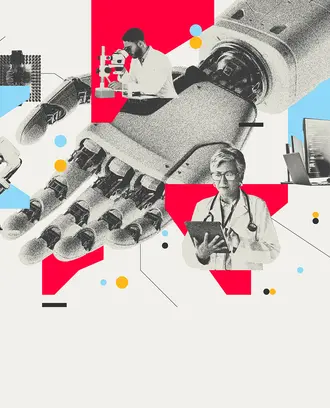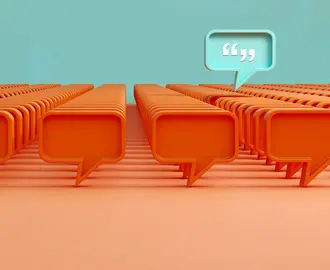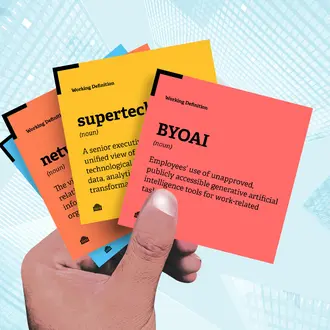Credit: Stephen Sauer
How Dropbox CEO Drew Houston stays motivated by solving problems that matter
Like many of his ideas, Drew Houston’s concept for Dropbox grew out of personal frustration.
“I was sick of carrying a thumb drive around and wanted to be able to access my files from anywhere,” said Houston, co-founder and CEO of the cloud storage and collaboration software company. “One day I started writing code to solve this problem for myself, and it was quickly clear that lots of people had similar issues and could benefit.”
As it turned out, millions of people had similar issues and have especially benefited from that code in the pandemic era, as many organizations moved their work to the cloud.
We spoke with Houston about how he navigates the “fine line between perseverance and delusion,” and tapping into our collective brainpower to take advantage of technology.
What inspires you?
I’ve found that if I’m not personally obsessed with solving the problem in front of me, it’s hard to maintain my motivation. The most successful people and successful entrepreneurs I know are all obsessed with solving a problem that really matters to them.
There’s also incredible power and inspiration to be found in taking the time to continue to learn and improve on your craft. If you regularly move the goalposts ahead, you’ll never be bored.
Related Articles
Where do you get ideas?
I love to read about all kinds of things to get new perspectives. Berkshire Hathaway’s Charlie Munger said it well: “I have known no wise people who didn’t read all the time — none. Zero.”
Insights often translate across domains. You can learn a lot about building a great company by studying the history of winning sports teams, or scientific breakthroughs, or social movements. I currently recommend Working Backwards: Insights, Stories, and Secrets from Inside Amazon, and The 15 Commitments of Conscious Leadership: A New Paradigm for Sustainable Success.
When do you know it is time to abandon an idea?
There’s a fine line between perseverance and delusion, and unfortunately there’s no formula. It can be like a relationship decision: more heart than head. Does working on the idea deplete your energy? Is your motivation gone? Are you easily distracted? Those are all telltale signs that it might be time to let the idea go and move on.
How do you know an idea is a good one?
For me it’s been the ideas I get obsessed with, the ones I can’t stop thinking about. Often it feels like we have to push ourselves to work — find the idea that pulls you.
At MIT Sloan, we talk about ideas made to matter — ideas that are carefully developed and have meaningful impact in the world. In that context — what is your idea made to matter?
The world’s most valuable and limited resource isn’t money, it’s our collective brainpower. Most of us care a lot about where our dollars go, but we’re often blind to how we’re spending our time and attention. Technology has unfortunately become part of the problem. You’d think our tools would help us focus, but more often than not they frustrate, overwhelm, and distract us.
We can change this, both through better design and by taking advantage of the renaissance we’ve been seeing in machine learning. I believe a new generation of smart tools is around the corner. In essence, we’ll have silicon brains that free up our human brains to do what only we can uniquely do.
Read next: The former IBM CEO on diversity and the discomfort of good ideas



